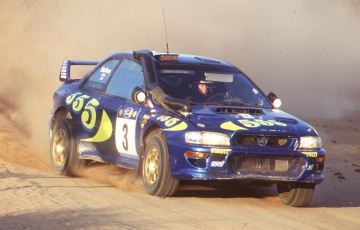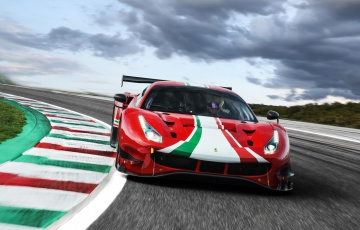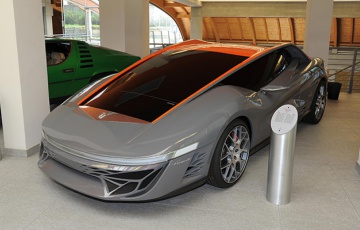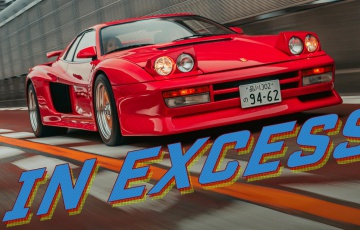No Gold Like the Old: Ferrari Classiche
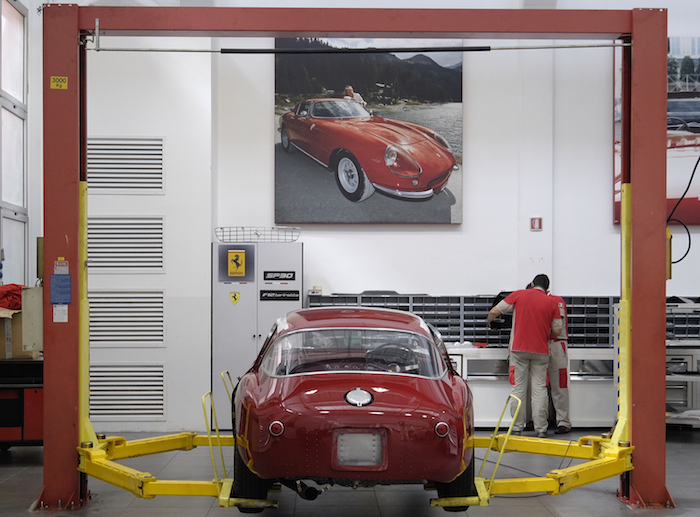
Maranello, Italy - Many of the WIP cars in the Ferrari Classiche division's workshop may be red, but you can be sure they're no strawberries that are easily bruised.
Like old people, old cars have a certain evocative musk that tell of things seen, races or wars hard-fought, curvaceous roads driven in life's great journey and probably even more voluptuous companions.
However, one thing's for sure: they've all been tempered and hammered into shape by life's trials and tribulations – they've seen it all, done it all and more than paid their dues.
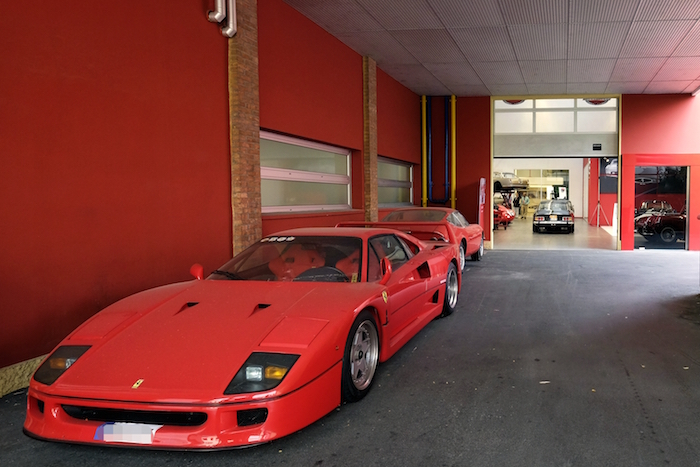
(F40 waits its turn... looks like it's been a lonnnnggg wait!)
At the entrance to the hallowed hall of the Classiche workshop sits a cobwebby F40, which immediately gets us thinking... if there's no room at the inn for a F40, what sort of gems are they keeping inside (let's just put it this way, we didn't see anything older than 1970 in there – everything was a 250 or 225 variant of some sort!)?
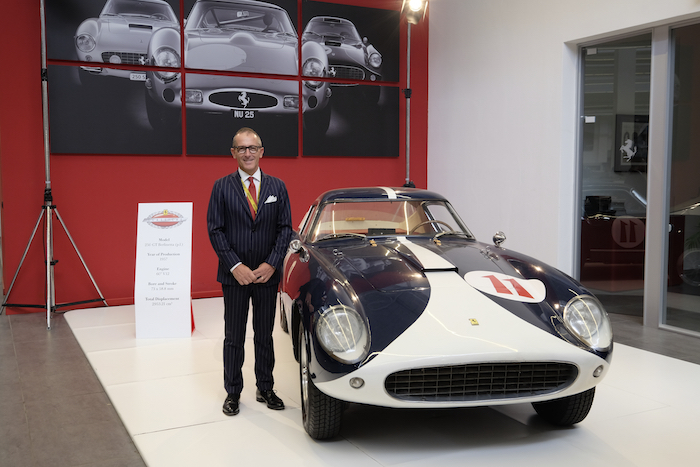
(Marco Arrighi poses alongside a 1957 250 GT Berlinetta)
We're here to meet Marco Arrighi, Head of the Ferrari Classiche department at the brand's sprawling Maranello HQ, who likely has one of the best jobs in the world.
Our younger selves would disagree though, since the best ever job had to go the chap who lathered creamy sun-lotion on those beautifully bronzed models in the now-defunct Miss Hawaiian Tropics pageant.
Of course we're only joking, since Mr. Arrighi gets to enjoy the company of some of the most bodacious Ferrari bodies ever to grace God's great roads...
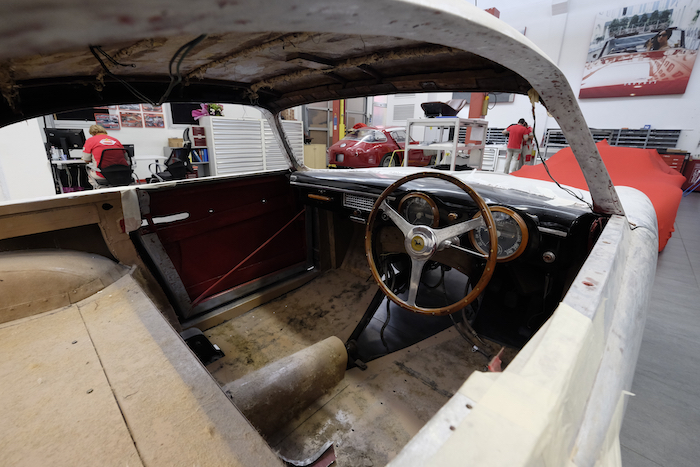
Established in 2006 and constantly evolving, Ferrari Classiche is the factory's validation, full documentation, maintenance and restoration arm for Ferraris (yes, and Dinos) that fulfil certain criteria: 20-year-old and older road-cars, and/or limited edition (think 16M, Scuderia, Challenge Stradale, Enzo, F40/F50 etc.) and competition cars.
There's also an arbitrary catch-all 'vehicles of historic interest' category, which can be applied to vehicles that don't fall into those groups, but will be considered due to their competition and/or international recognised show history.
As an example, Arrighi mentions that Glickenhaus' infamous privately-commissioned Pininfarina-designed P4/5 one-off could technically qualify for Classiche certification, that is, if Glickenhaus is so inclined.
He adds that 'tuner' cars, even by manufacturers like Koenig-Specials, such as the F48, remain subject to committee approval.
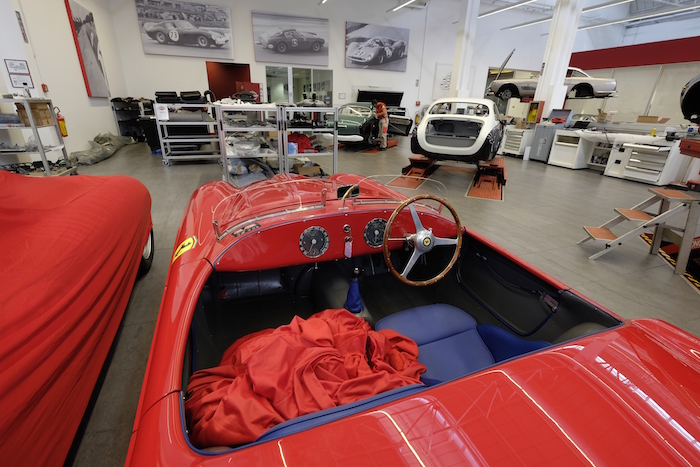
Like Porsche, Ferrari has realised that there's a potential cash cow in the form of vintage/classic cars, especially those with the right provenance, which it is now able to help provide as manufacturer – of course it also preserves the heritage of a brand as pedigreed as Ferrari.
Don't forget, these exotics command top dollar in automotive auctions, with pristine, specialist-validated examples trading for mid-to-high double-digit million dollars.
To put things in perspective, a 250 GTO cracked S$50m at the Bonhams' Quail Lodge auction in Carmel, California just last year.
Like most other authentication processes, Ferrari Classiche has its share of detractors, since cynics question the 'snapshot' approach to certification, i.e. Classiche validates the car at a specific point in time, so there's nothing to stop an owner from swapping out the period-correct original parts after the validation is concluded successfully, particularly if the car only comes up for sale decades after the process.
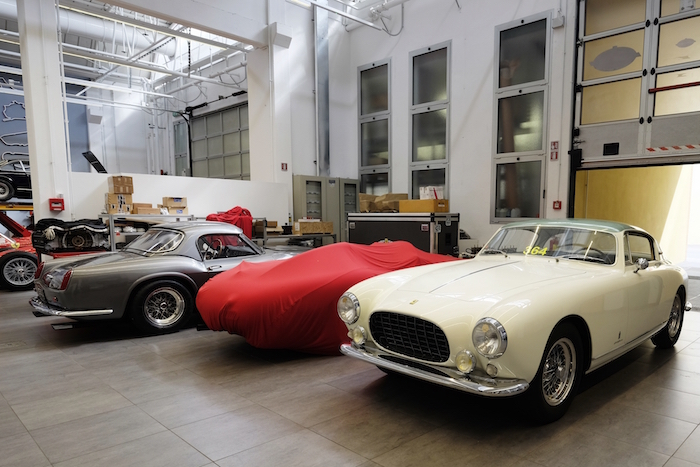
(L-R: 250 SWB Cali, covered, 250 Europa)
Arguably, this could also be said for other specialist authentication systems, save for those that are done at point-of-sale – moreover, when was the last time someone admitted to having 'vested interest' in any deal?
Ultimately, Mr. Arrighi appreciates that credibility has to be earned, and it could take some time for the big collectors to regain their faith in the brand enough to return to the Ferrari-fold from whichever specialist workshop they're using.
Moving along, upon Classiche certification, the owner is presented with an oversized tome documenting the entire car's flaws and foibles, including any rectification work done to bring it up to standard.
Apart from pride of possession if you intend on keeping the car, this is also a huge clue-book for future prospective buyers, since stamping, machine marks and modifications are photographed from different angles so everything is exhaustively detailed.
Every nuance of the car is scrutinised, with a before/after list of items (if at all) worked on.
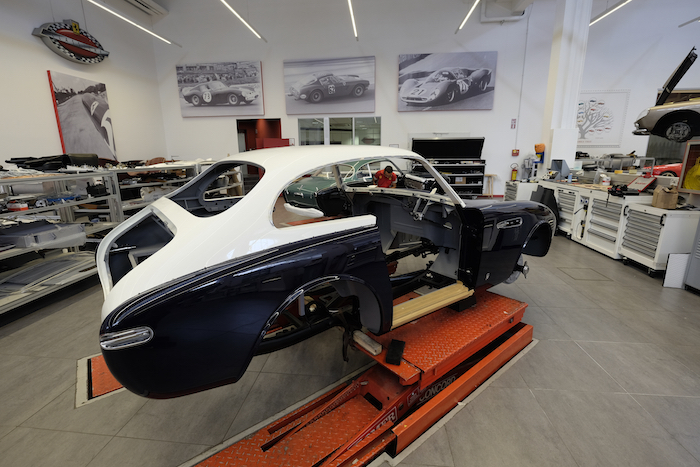
Although authentication at the dealer level is possible by sending photos of the candidate car to the factory, owners can send their cars back to the Maranello HQ for the full-blown experience, especially for the more unique models.
After all, dealer technicians may comprise novices more versed in remove-and-replace work as opposed to the patient troubleshooting that only comes with experience, which you'll need to coax an old'un back to life.
Mr. Arrighi, who has been with Ferrari for almost 40 years, tells us technical proficiency and experience are only a part of the equation for his technicians, because Classiche also looks for passion.
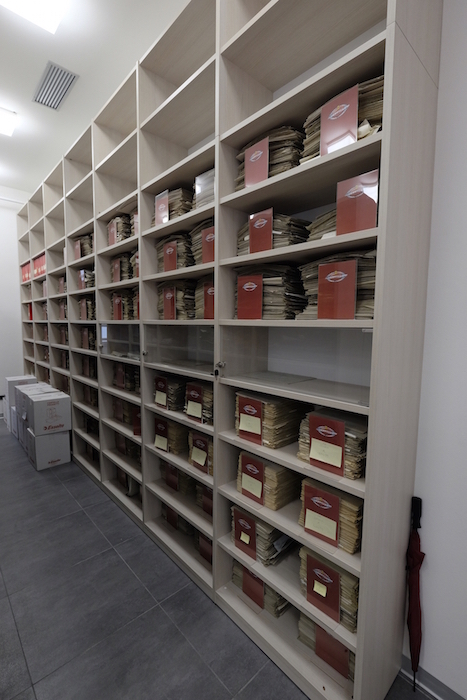
(Many more shelves like this one)
Authenticating cars isn't the Classiche workshop's only function, because it also restores and maintains privately-owned collectibles.
Furthermore, there's an inner sanctum on its premises that houses the archives, and this is arguably the treasure in this Cave of Wonders.
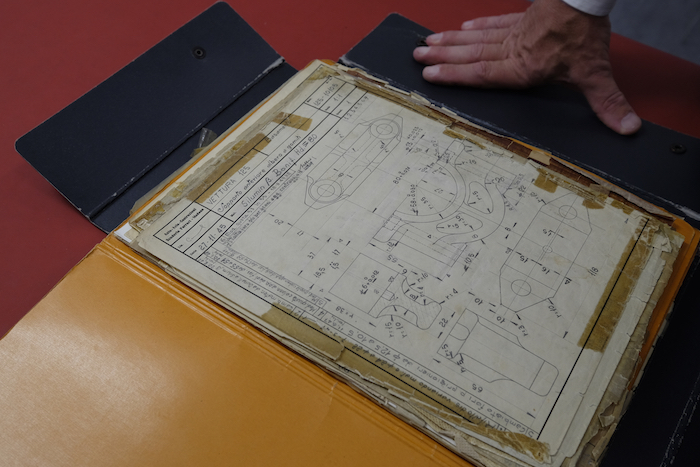
The breadth of documents not only encompasses original sales contracts, but also component blueprints and schematics for every single part in every single model, including those of Ferrari's first-ever 125, which can be traced as far back as the 1940s.
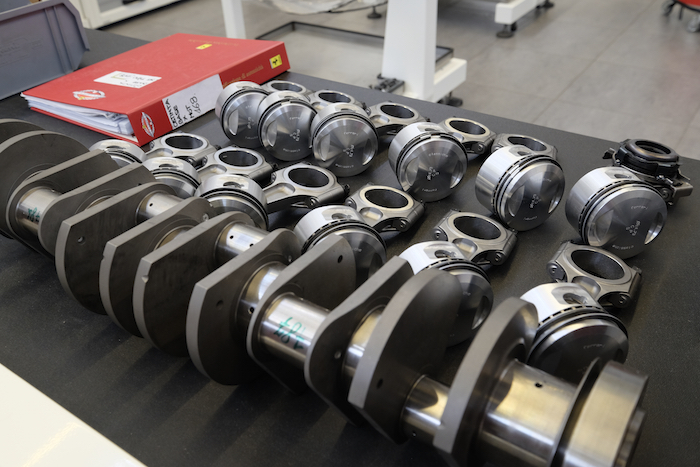
Now the contentious bit: like Porsche Classics, Ferrari Classiche is able to manufacture parts for you; great if you're trying to get an old'un up and running since many, if not all, parts aren't available any longer.
However, it's arguably less so if you have one of the few complete cars left in the world and you don't want another on the road, and we're talking of the populations of one/two/three variety – single digit, not hundreds...
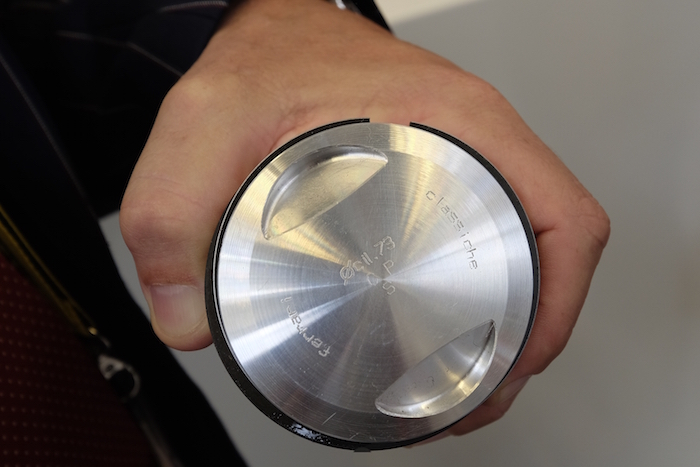
Mind you, Ferrari won't 'modernise' the car either, for instance with methods and materials available to us today, but will faithfully reproduce the parts – albeit stamp 'Ferrari Classiche' wherever possible – so it's virtually indistinguishable from the day it left the factory.
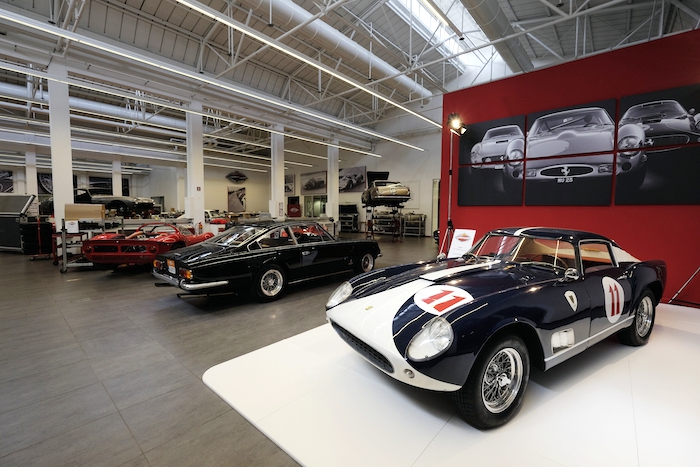
Naturally, as petrolheads, we'd love to see (and hear!) as many of these cars out and about as possible, as opposed to merely languishing as garage queens.
So you could say the flip side to the cynical collector is, since the previously 'unobtanium' and wear/tear parts can now be re-created, there's no longer an excuse to keep these cars cloistered away...
PHOTOS David Khoo






